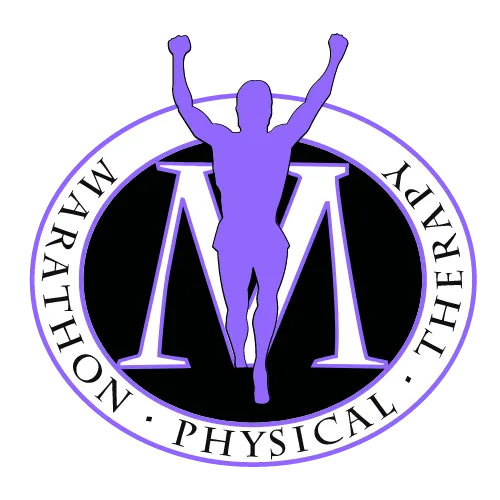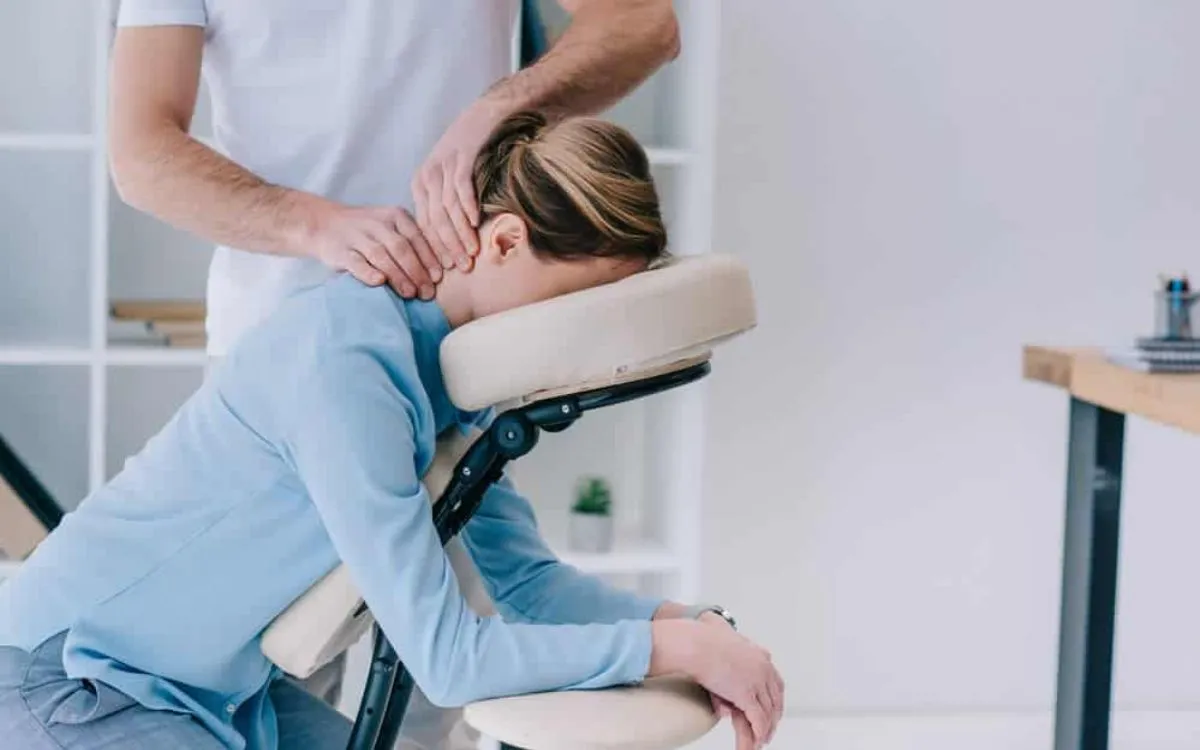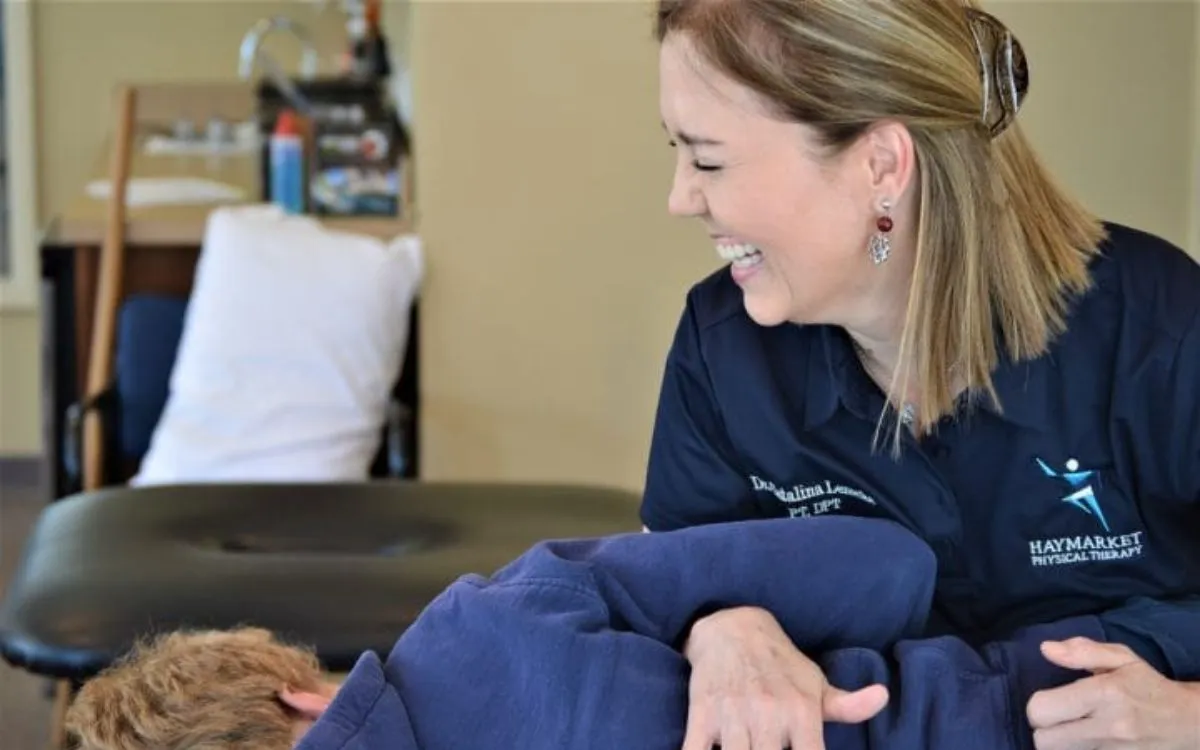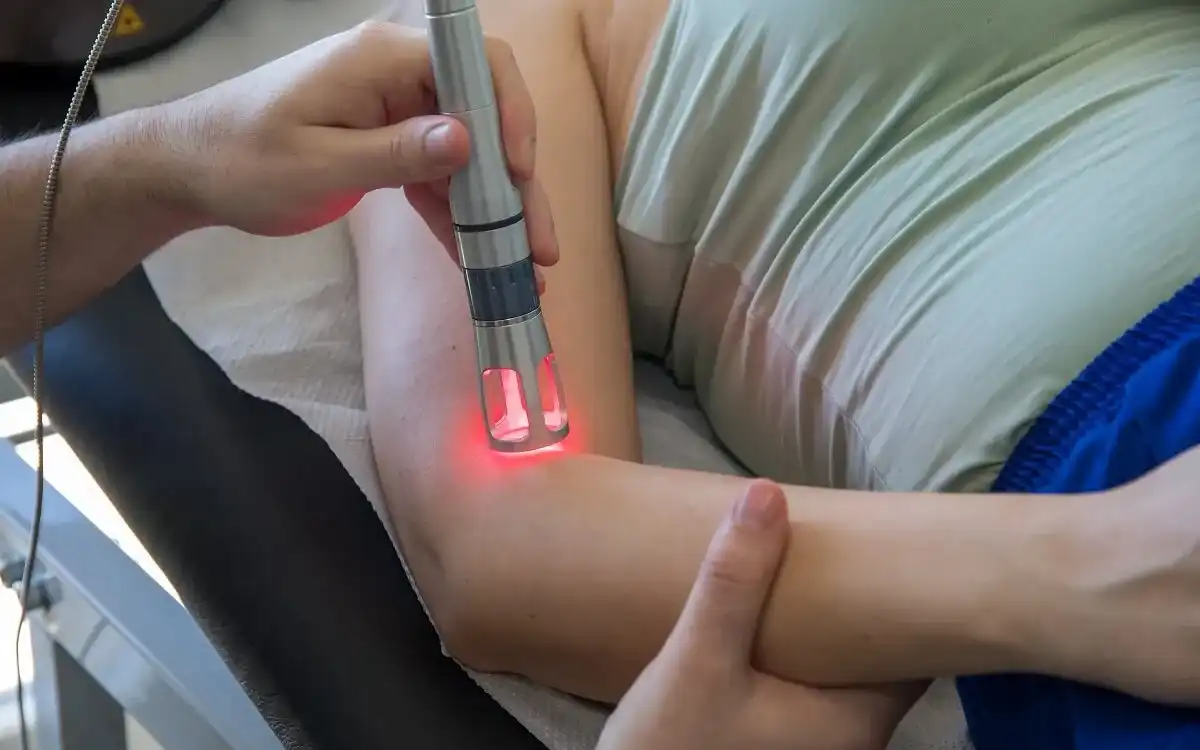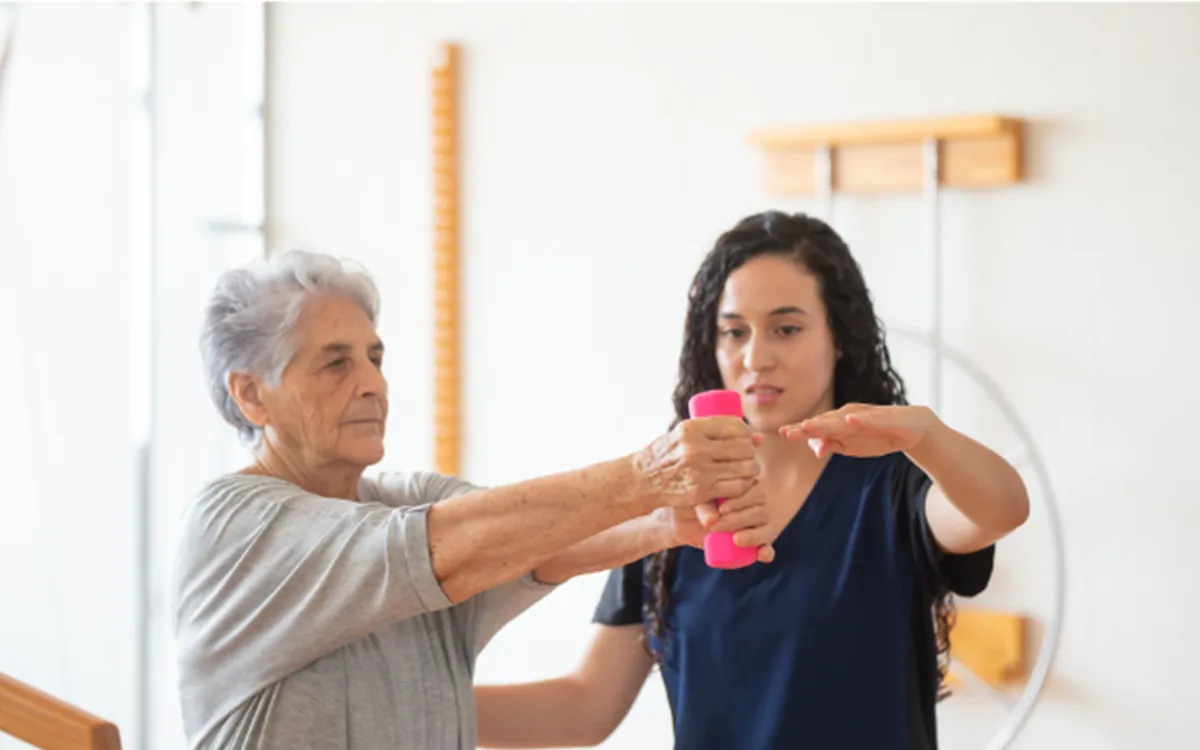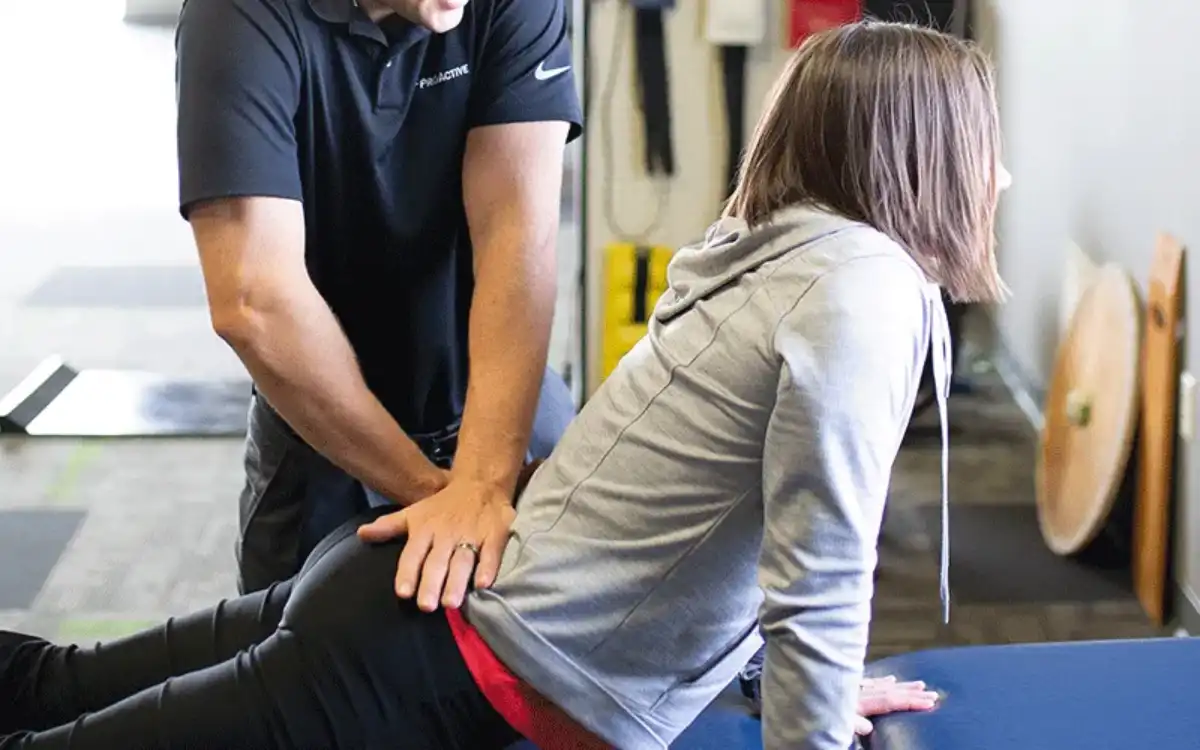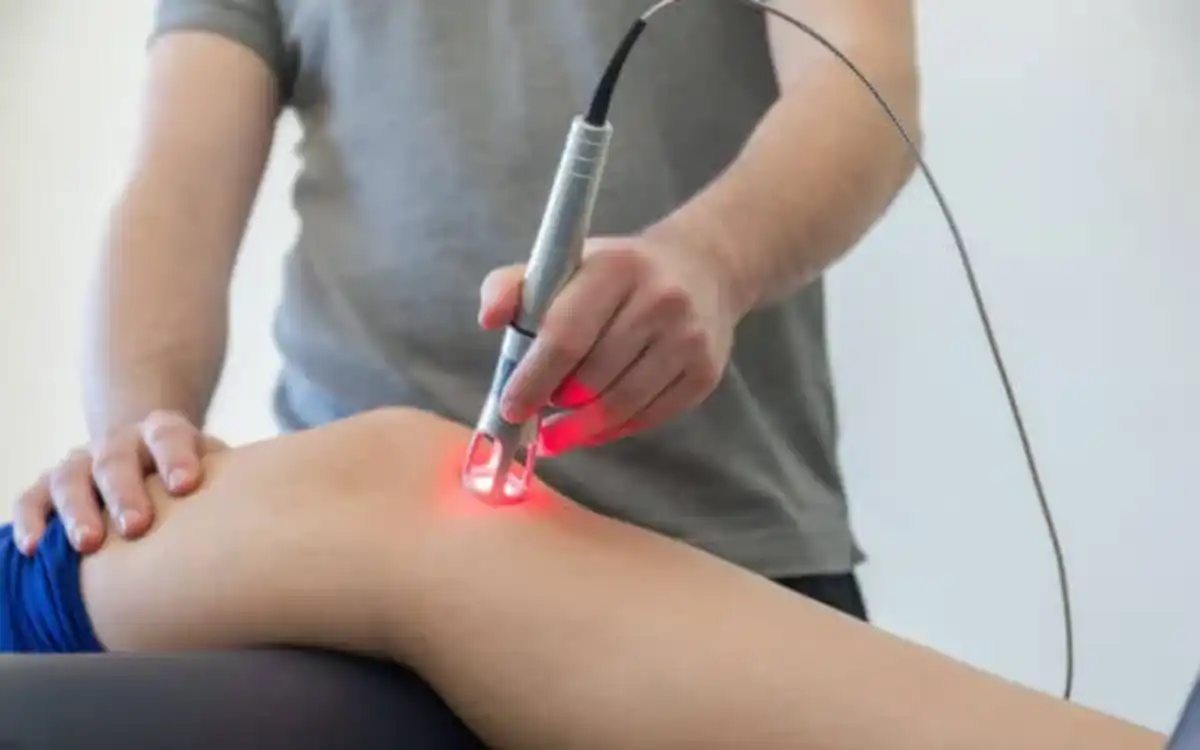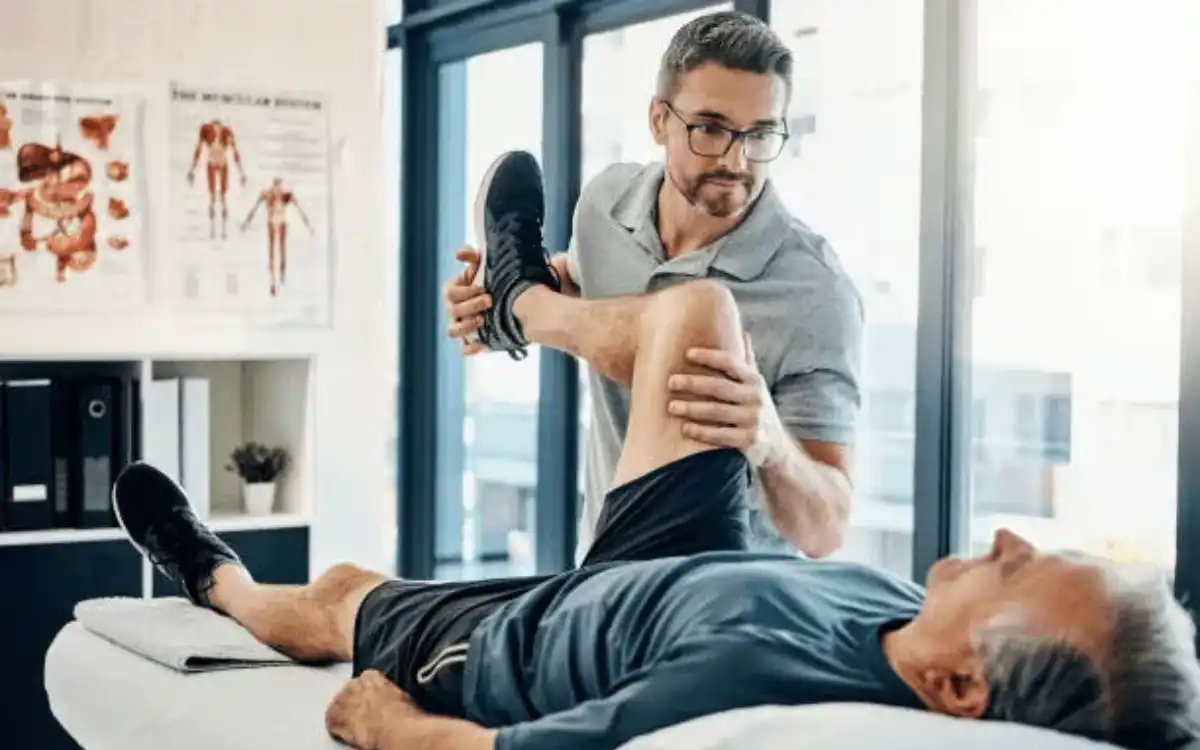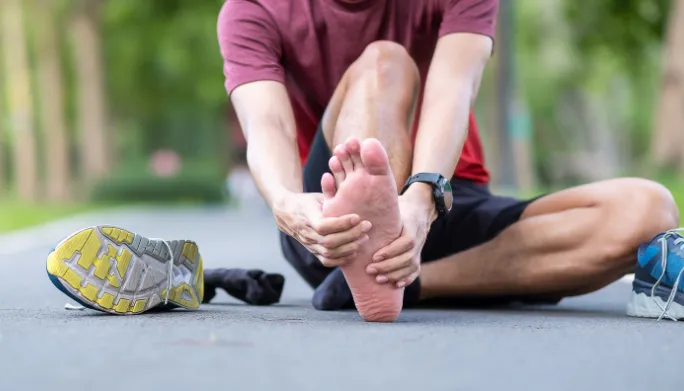OVERVIEW
Lumbar Laminectomy/Discectomy
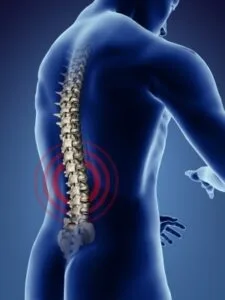
A lumbar laminectomy/discectomy is a common surgery to remove fragments of an extruded herniated disc. This is an example of how the procedure works:
- The surgeon incisions through the skin at the center of the spine. A small amount of the bony area, known as the lamina, is exposed. This is called a laminectomy.
- The ligamentum flavum is a reflection of the nerves and extruded disc material.
- For better visibility of the disc fragments, the spinal nerve is pulled back (moved back). The discectomy, or the removal of damaged disc fragments, is then performed.
After surgery, physical therapy should be recommended. Although each person’s rehabilitation plan will differ, the most common treatment is flexibility, core strengthening and lumbar stabilization. Patients who receive physical therapy following lumbar discectomy tend to have better outcomes than patients who don’t.
TREATMENT
GOALS
Possible Treatment Goals
- Increase your fitness
- Enhance Function
- Increase Muscle Strength and Performance
- Increase oxygen to tissues
- Enhance Proprioception
- Reduce postoperative complications
- Increase range of motion
- Self-care for Symptoms
- Increase Safety
- Increase tolerance for prolonged activities
- Improve Wound Healing
